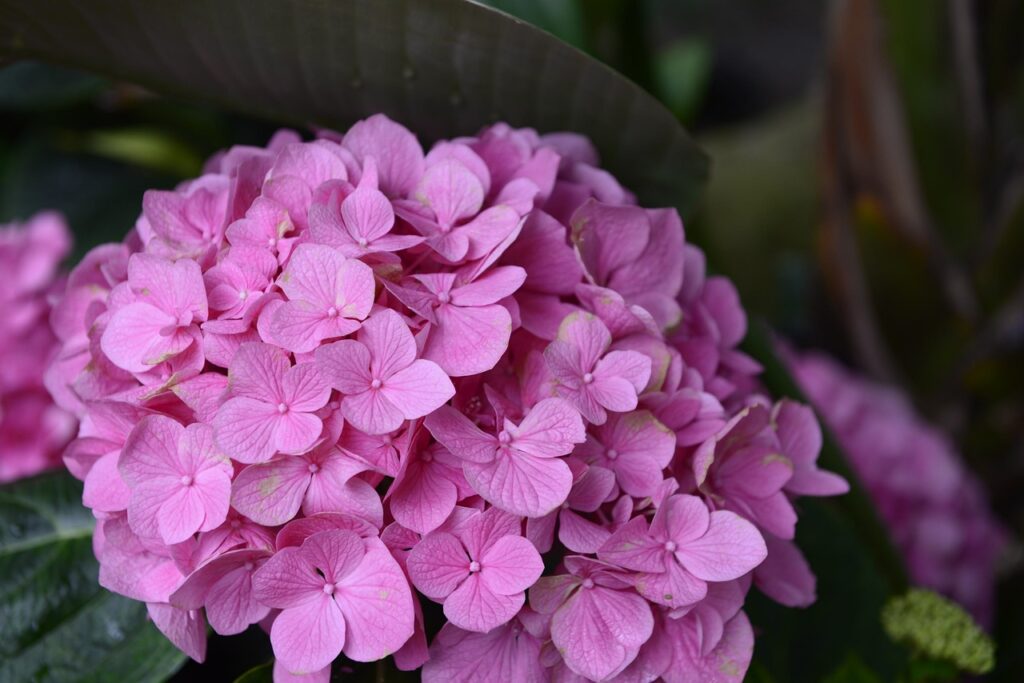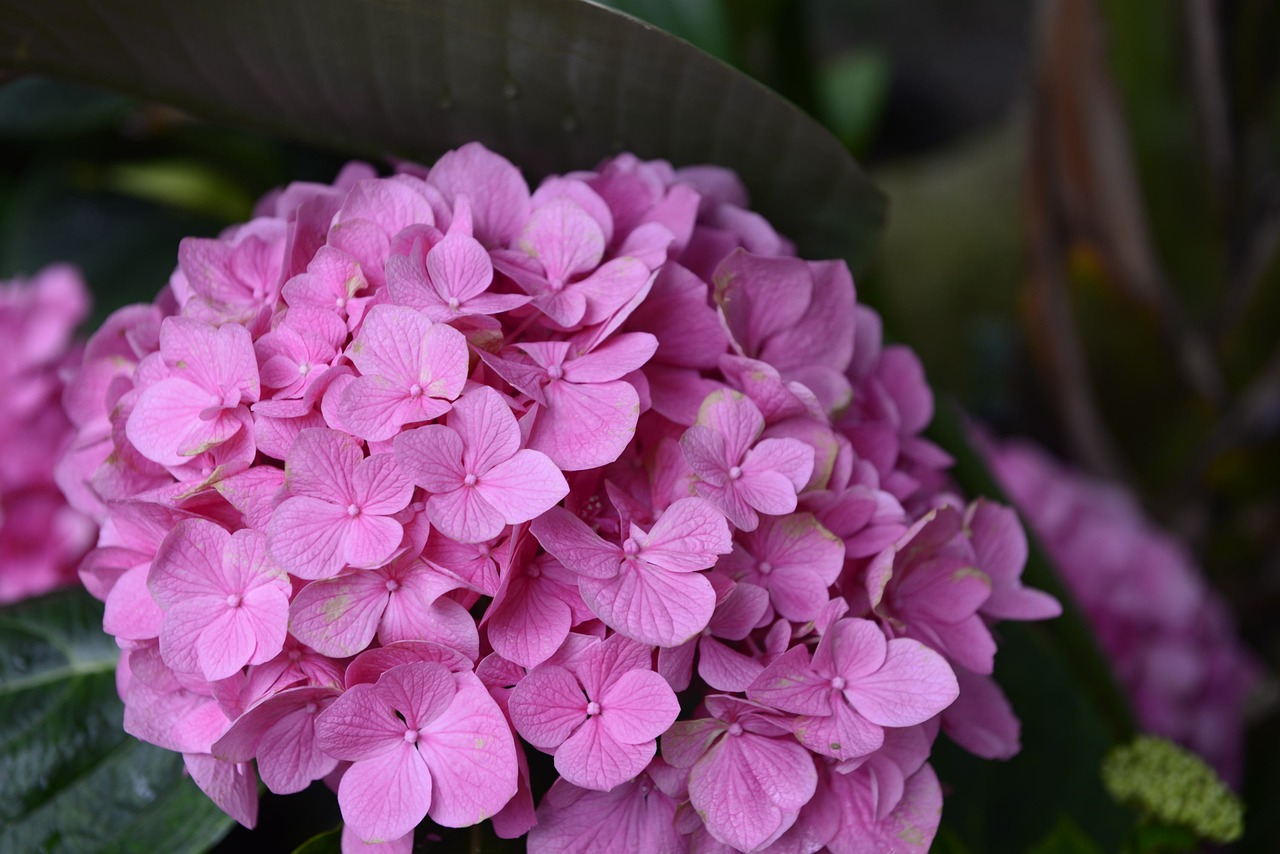Read in detail about Ericaceous Compost and plants that prefer acidic conditions in this guide, and also learn how to make it.
“Ericaceous” defines plants within the Ericaceae family, such as heathers, which flourish in acidic or infertile soil conditions. Ericaceous compost is specifically formulated to supply these plants with the acidic environment they require for optimal growth.
Read: What is a Balanced Fertilizer
Ericaceous Compost Information

Ericaceous compost is essentially compost designed for acid-loving plants. These are plants that grow in acidic soil conditions. Examples of such plants include heathers and other acid-loving varieties discussed below;
- Azalea
- Rhododendron
- Camelia
- Blueberry
- Gardenia
- Cranberry
- Hydrangea
- Pieris
- Liriope muscari
- Magnolia
- Heathers
- Juniper
- Viburnum
- Holly
- Lupine
- Bleeding heart
- (Acer) Japanese Maple
- Pachysandra
- Kalmia
- Aster
- Fern
- Leucothoe
- Fothergilla
- Blueberries
- Raspberries
Why do these plants need ericaceous compost?
If you plant ericaceous plants in alkaline or lime soil, their leaves turn yellow. This condition is called lime-induced chlorosis. These plants don’t grow or flower properly and often die. The main reason is that they need iron and other nutrients from the soil. But in high-pH soil, these nutrients become stuck, and the plants can’t use them.
The plants in your garden or your neighbor’s garden can tell you what kind of soil you have. If you see many healthy rhododendrons and camellias, it probably means you have acidic soil. When not sure, you can use a simple kit or meter from a garden center to test your soil’s pH level.
If you discover that your soil is mainly alkaline (lime-based), it’s best to grow these plants in pots or containers filled with special ericaceous compost instead of attempting to modify your soil type.
How to Make Compost Acidic
When creating ericaceous compost, the pH of each individual pile varies, so there is no universal recipe. However, the process resembles making regular compost with one key difference: lime isn’t added because it increases alkalinity rather than acidity.
Start by layering organic matter about 6 to 8 inches (15-20 cm) thick. To enhance acidity, add high-acid organic materials like oak leaves, pine needles, or coffee grounds. While compost naturally becomes neutral over time, pine needles aid in acidifying the soil until they break down. Additionally, measure the surface area of the compost pile and sprinkle dry garden fertilizer at a rate of approximately 1 cup (237 ml) per square foot (929 cm).
Apply fertilizer suitable for acid-loving plants. Cover the compost pile with a layer of garden soil, around 1 to 2 inches (2.5-5 cm) thick, to stimulate the activity of soil microorganisms and aid decomposition. If garden soil is limited, finished compost can serve as a substitute. Proceed to alternate between layers, ensuring to water after each addition until the compost pile reaches a height of approximately 5 feet (1.5 m).
Preparing Ericaceous Potting Mix
To create a basic potting mix ideal for ericaceous plants, start by using half-peat moss as the base. Combine 20 percent perlite, 10 percent compost, 10 percent garden soil, and 10 percent sand into the mix. If environmental concerns appear regarding the use of peat moss, consider using a substitute like coir. However, it’s worth noting that for materials with high acidity, there is currently no possible replacement for peat.



